Dibakar Sil
Coherent Source Enumeration with Compact ULAs
Apr 27, 2025

Abstract:Source enumeration typically relies on subspace-based techniques that require accurate separation of signal and noise subspaces. However, prior works do not address coherent sources in small uniform linear arrays, where ambiguities arise in the spatial spectrum. We address this by decomposing the forward-backward smoothed covariance matrix into a sum of a rank-constrained Toeplitz matrix and a diagonal matrix with non-negative entries representing the signal and noise subspace, respectively. We solve the resulting non-convex optimization problem by proposing Toeplitz approach for rank-based target estimation (TARgEt) that employs the alternating direction method of multipliers. Numerical results on both synthetic and real-world datasets demonstrate the effectiveness and robustness of TARgEt over a recent subspace matching method and a related covariance matrix reconstruction approach.
Deep Single Shot Musical Instrument Identification using Scalograms
Aug 08, 2021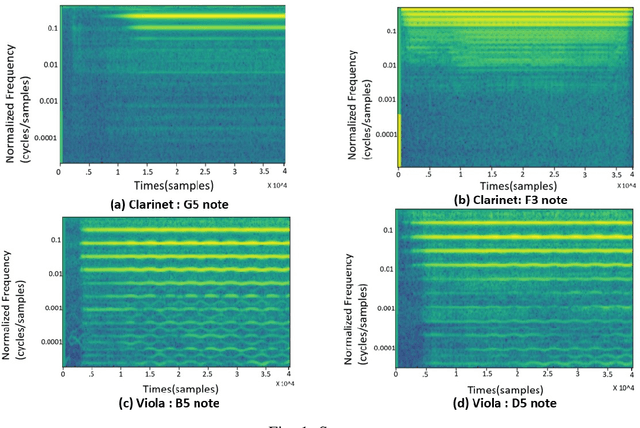
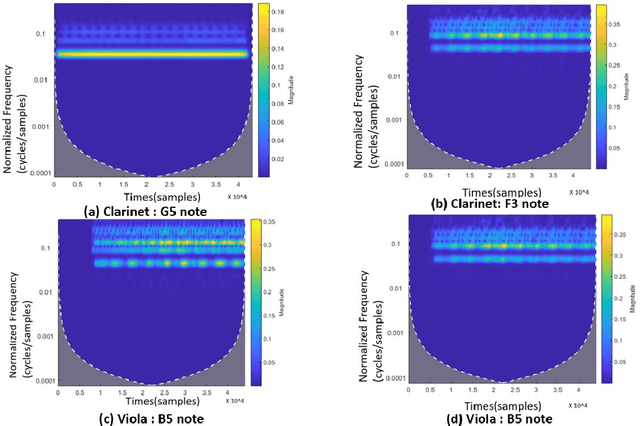
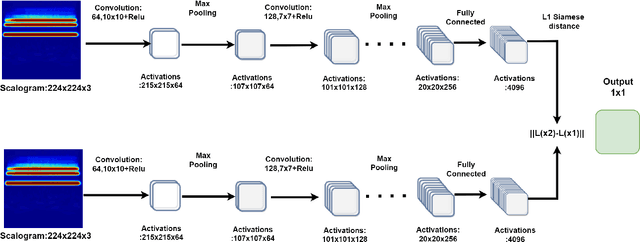
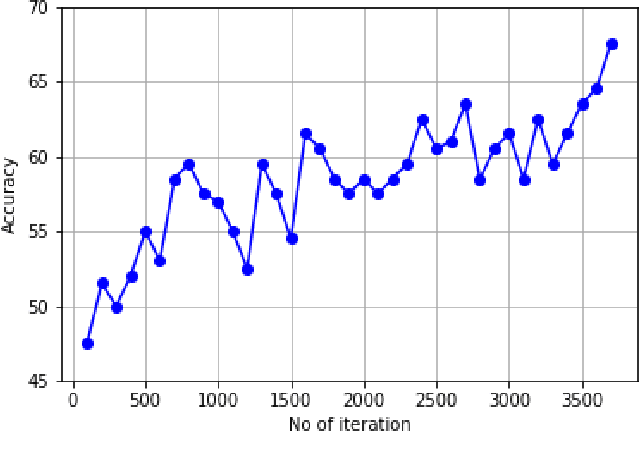
Abstract:Musical Instrument Identification has for long had a reputation of being one of the most ill-posed problems in the field of Musical Information Retrieval(MIR). Despite several robust attempts to solve the problem, a timeline spanning over the last five odd decades, the problem remains an open conundrum. In this work, the authors take on a further complex version of the traditional problem statement. They attempt to solve the problem with minimal data available - one audio excerpt per class. We propose to use a convolutional Siamese network and a residual variant of the same to identify musical instruments based on the corresponding scalograms of their audio excerpts. Our experiments and corresponding results obtained on two publicly available datasets validate the superiority of our algorithm by $\approx$ 3\% over the existing synonymous algorithms in present-day literature.
Parallelized Instantaneous Velocity and Heading Estimation of Objects using Single Imaging Radar
Dec 23, 2020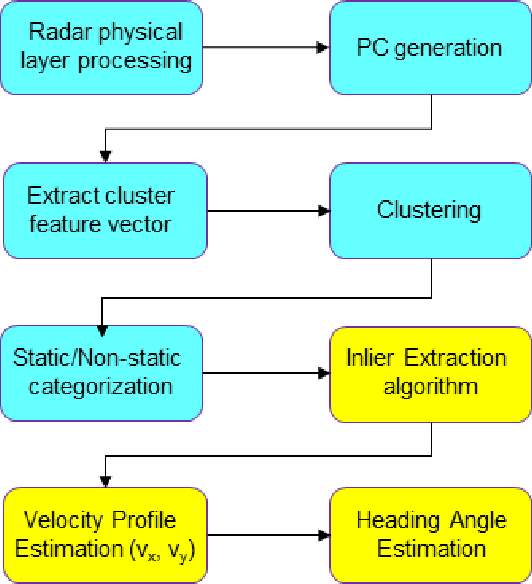
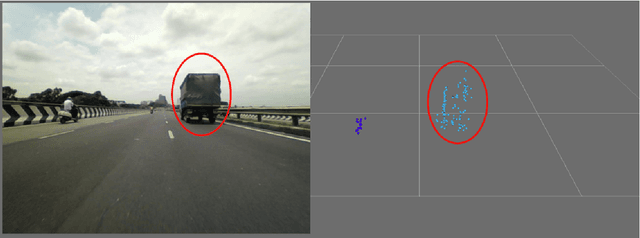
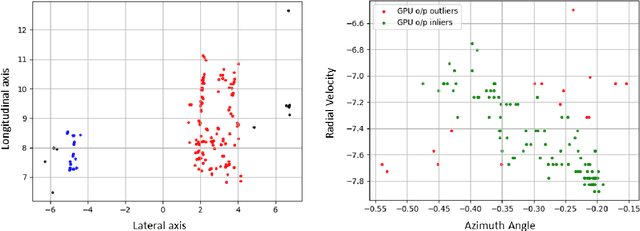

Abstract:The development of high-resolution imaging radars introduce a plethora of useful applications, particularly in the automotive sector. With increasing attention on active transport safety and autonomous driving, these imaging radars are set to form the core of an autonomous engine. One of the most important tasks of such high-resolution radars is to estimate the instantaneous velocities and heading angles of the detected objects (vehicles, pedestrians, etc.). Feasible estimation methods should be fast enough in real-time scenarios, bias-free and robust against micro-Dopplers, noise and other systemic variations. This work proposes a parallel-computing scheme that achieves a real-time and accurate implementation of vector velocity determination using frequency modulated continuous wave (FMCW) radars. The proposed scheme is tested against traffic data collected using an FMCW radar at a center frequency of 78.6 GHz and a bandwidth of 4 GHz. Experiments show that the parallel algorithm presented performs much faster than its conventional counterparts without any loss in precision.
 Add to Chrome
Add to Chrome Add to Firefox
Add to Firefox Add to Edge
Add to Edge